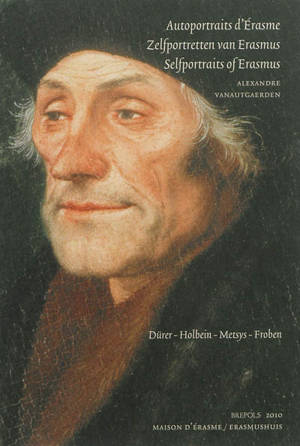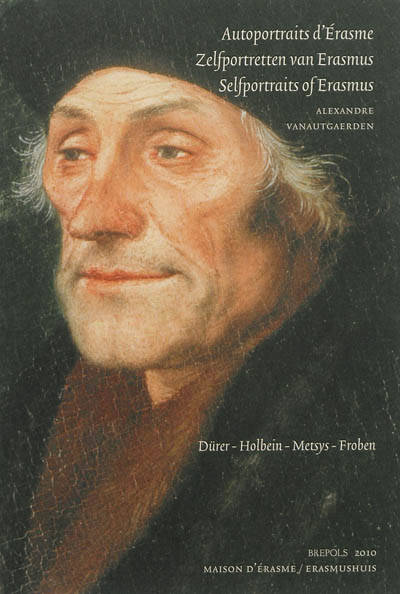
- Retrait gratuit dans votre magasin Club
- 7.000.000 titres dans notre catalogue
- Payer en toute sécurité
- Toujours un magasin près de chez vous
- Retrait gratuit dans votre magasin Club
- 7.000.0000 titres dans notre catalogue
- Payer en toute sécurité
- Toujours un magasin près de chez vous
Autoportraits d'Erasme
recueils épistolaires et représentations figurées
Alexandre VanautgaerdenDescription
J'aimerais raconter ici comment l'un des plus fabuleux penseurs de la Renaissance a transmis son portrait à la postérité . D'une façon vraiment surprenante et unique à son époque pour un humaniste, Érasme a utilisé tous les medias à sa disposition ; la peinture naturellement, avec les magnifiques portraits d'Holbein, la gravure avec Dürer, l'art des médailles avec Metsys, mais aussi, ce qui était révolutionnaire, la « nouvelle technologie » de son temps : l'imprimerie. De façon géniale, l'humaniste a composé son image en se servant des artistes et de ses imprimeurs.
What I want to relate here, is how one of the most remarkable thinkers of the Renaissance passed on his image for posterity. Erasmus used all the media available to him in a manner that was astonishing and unique for his times : painting, naturally, with the magnificent portraits by Holbein, engravings with Dürer, the art of medallions with Metsys, but also, and this was truly revolutionary, the « new technology » of his era : printing. The humanist constructed his image, in a most brilliant manner, through art and with its printers.
Ik wens hier te vertellen hoe één van de prachtigste renaissancedenkers zijn beelld aan het nageslacht heeft doorgegeven. Op een voor zijn tijd verrassende en unieke manier, gebruikte Erasmus alle middelen die hem ter beschikking stonden : de schilderkunst natuurlijk, met de prachtige portretten van Holbein, de gravure van Dürer, de medaillekunst van Metsys, maar ook, en dit is vrij revolutionair, de « nieuwe technologieën » van zijn tijd : de boeckdrukkunst. Op een geniale manier heeft de humanist zijn beeld samengesteld, gebruik makend van de artiesten en van zijn drukkers.
Spécifications
Parties prenantes
- Auteur(s) :
- Editeur:
Contenu
- Nombre de pages :
- 120
- Langue:
- Français
Caractéristiques
- EAN:
- 9782503540290
- Date de parution :
- 15-10-10
- Format:
- Livre
- Dimensions :
- 140 mm x 200 mm

Les avis
Nous publions uniquement les avis qui respectent les conditions requises. Consultez nos conditions pour les avis.






